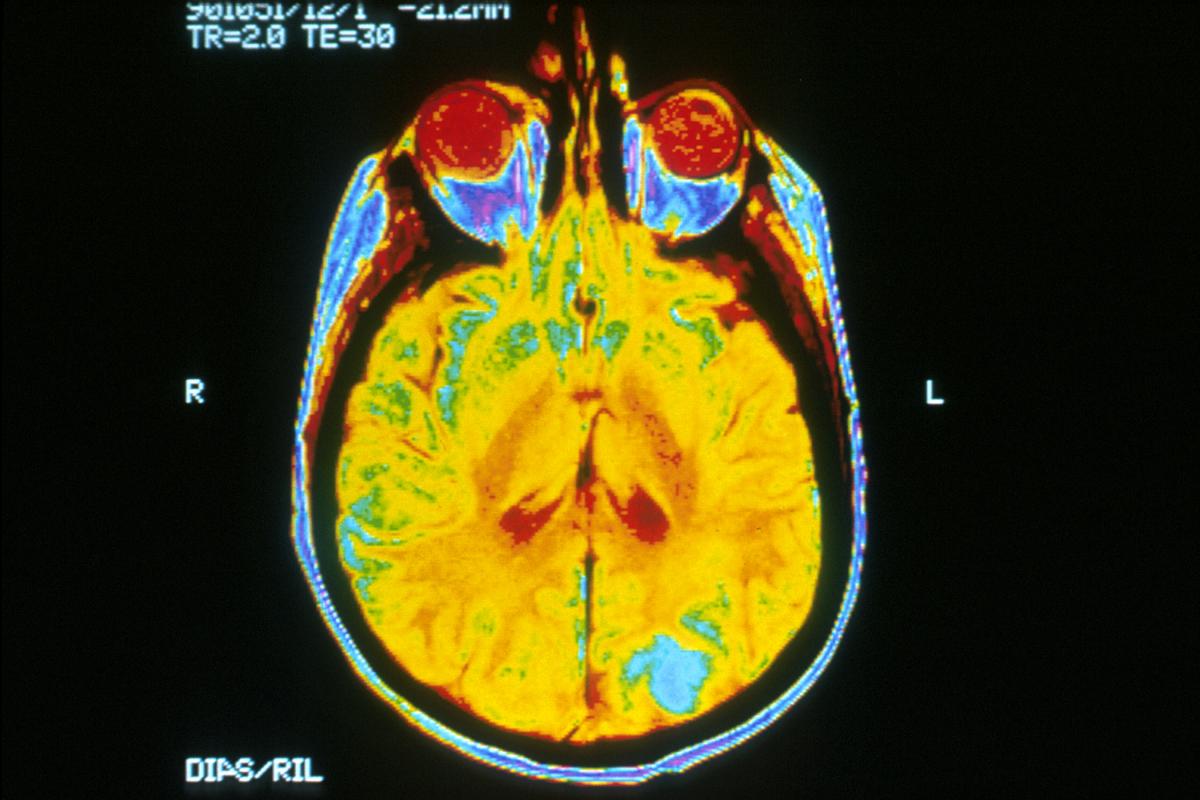Y: Don, during World War Two, doctors noticed severely injured soldiers didn’t need pain medication. Biomedical researchers have known for some time that the brain has an endogenous opiate system that controls pain. Now, they’ve found evidence of a new pain relief circuit.
D: But how could they find it, Yaël?
Y: The researchers studied the brains of mice, whose brains are similar to ours in many ways. They found that several general anesthetics and pain relievers activate nerve cells, or neurons, in a small part of the mouse forebrain, called the central amygdala.
D: But Yaël, I thought the amygdala was involved in responses related to fear, anxiety, and pain.
Y: It is, and that’s why, the researchers were surprised that the amygdala contained a pain-relief center. But the researchers discovered that neurons in the central amygdala secreted substances that inhibited other neurons, and that they made connections with sixteen other brain regions involved in the sensory or emotional aspects of feeling pain.
D: OK, but how can the researchers really tell that this brain area relieves pain?
Y: Mice lick there paws and wipe their faces when they feel pain in these parts of their body. When the researchers caused the mice mild pain in their paws or faces, and then stimulated the central amygdalar cells, the mice stopped licking or wiping.
D: So, if the researchers could find a new drug that activates only this brain area, they might have a new highly effective pain reliever to use in humans.
Y: The researchers are studying which genes are transcribed in these nerve cells, to learn how to make a new drug that acts only on them.









